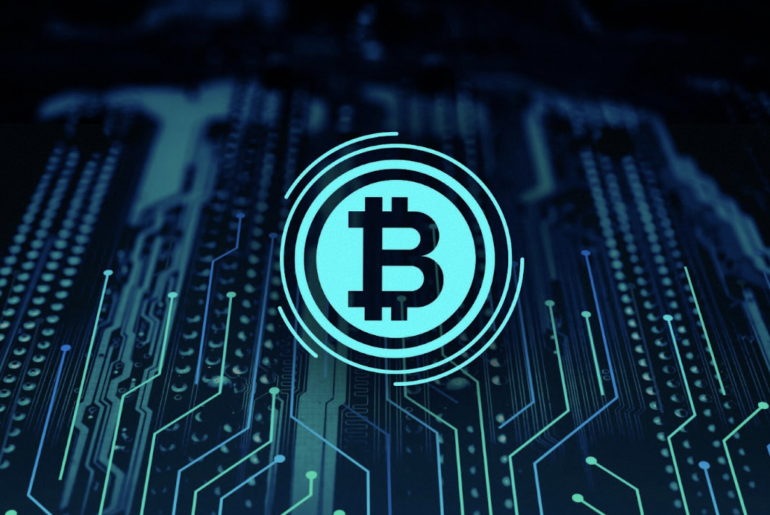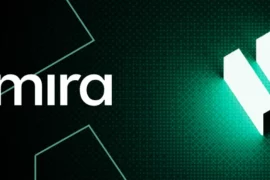This article may contain references to products or services from one or more of our advertisers or partners. We may receive compensation when you click on links to those products or services. Nonetheless, our opinions are our own.
In the world of cryptocurrency, crypto loans have become a prominent way for individuals to unlock liquidity without selling their digital assets. Among these options, the BTC loan stands out as one of the most popular and straightforward choices for those who hold Bitcoin. Whether you’re considering a crypto loan for the first time or just curious about how it works, this article will guide you through its benefits, risks, and how you can make informed decisions.
What Is a Crypto Loan?
A crypto loan allows you to borrow money by using your cryptocurrency as collateral. While there are various types of digital assets you can use, BTC loans are particularly common because of Bitcoin’s established value and recognition. Essentially, you pledge your Bitcoin (or other cryptocurrencies) as collateral, and the lender provides you with a loan in fiat currency (such as USD) or stablecoins.
This type of loan provides a way to access cash while still holding onto your cryptocurrency, which can be an appealing choice for those who believe in the long-term growth of Bitcoin or other digital assets.
Why Consider a BTC Loan?
- Liquidity Without Selling Bitcoin
One of the key advantages of a BTC loan is the ability to access liquidity without the need to sell your Bitcoin. Selling can sometimes mean missing out on future potential gains, especially during volatile market conditions. A BTC loan allows you to unlock cash when you need it, while still holding onto your Bitcoin, which can continue to appreciate in value. - Simple and Fast Process
Compared to traditional loans, crypto loans tend to have a more streamlined process. The application can often be completed online, and once your Bitcoin is verified as collateral, you can receive your loan quickly. This ease of access is one of the reasons people turn to BTC loans when they need funds in a hurry. - No Credit Checks Required
Unlike conventional loans, BTC loans typically do not require credit checks. This makes them more accessible for people who may not have a strong credit history or those who live in regions with limited access to traditional financial services. The Bitcoin itself serves as the primary form of collateral, so the focus is on the asset’s value rather than your personal financial history. - Flexible Loan Terms
Many BTC loan platforms offer flexible terms in terms of interest rates, repayment schedules, and loan durations. This flexibility allows you to tailor the loan to fit your personal financial needs, making crypto loans a versatile option for managing liquidity and investments.
Understanding the Risks of BTC Loans
While crypto loans and BTC loans can be a great tool for accessing liquidity, there are certain risks to be aware of. Being mindful of these potential downsides can help you make more informed and balanced decisions.
- Volatility of Bitcoin Prices
Bitcoin is known for its price volatility, which can be a double-edged sword when it comes to BTC loans. If Bitcoin’s value suddenly drops, the collateral you’ve pledged might lose value as well. In some cases, if the value of Bitcoin falls below a certain threshold, the loan may be at risk of liquidation, where your Bitcoin is sold to cover the debt. To manage this risk, some borrowers keep an eye on the market or maintain a buffer of additional collateral to reduce the likelihood of liquidation. - Platform Risks
As with any digital service, the platforms offering crypto loans are subject to security risks. While most reputable platforms implement strong security measures, no system is completely immune from issues like hacking or technical failures. Choosing a well-established platform with a solid track record can help mitigate these risks. Additionally, some platforms are decentralized, which means the borrower takes on more responsibility for managing their assets. - Interest Rate Fluctuations
Like with any loan, interest rates can fluctuate, particularly in a market as dynamic as cryptocurrency. While many BTC loan platforms offer competitive rates, they can adjust depending on supply and demand. If the rates change unexpectedly, it could impact the cost of the loan. It’s a good idea to review the loan terms carefully and consider your ability to handle potential changes in the rate over time.
Making the Most of a BTC Loan
If you decide that a BTC loan is right for you, here are a few tips to ensure you manage the process effectively:
- Monitor Your Collateral. Given the volatility of Bitcoin, it’s important to stay on top of price movements. Keeping track of your collateral’s value helps you stay ahead of potential issues, such as liquidation risks, and make adjustments if necessary.
- Choose a Trusted Platform. Look for well-reviewed and reputable crypto loan platforms. Reading reviews, understanding the platform’s security features, and checking for transparency in their loan terms can go a long way in ensuring your peace of mind.
- Consider Diversifying Your Collateral. To further reduce risk, consider using a diversified portfolio of digital assets as collateral rather than relying solely on Bitcoin. This can help buffer against market fluctuations and provide more stability for your loan.
- Understand the Terms. Make sure you clearly understand the loan’s interest rates, repayment schedules, and any additional fees before you commit. This ensures that you can budget effectively and avoid surprises down the road.
Conclusion: A Thoughtful Approach to BTC Loans
BTC loans and crypto loans offer an innovative way to access liquidity without selling your assets. While there are clear benefits to using your Bitcoin to secure a loan, it’s important to approach the process with a full understanding of both the rewards and risks. By choosing the right platform, staying informed about market movements, and managing your collateral wisely, a BTC loan can be a helpful tool in your financial toolkit.

Reviewed and edited by Albert Fang.
See a typo or want to suggest an edit/revision to the content? Use the comment form below for feedback.
At FangWallet, we value editorial integrity and open collaboration in curating quality content for readers to enjoy. Much appreciated for the assist.
Did you like our article and find it insightful? We encourage sharing the article link with family and friends to benefit as well - better yet, sharing on social media. Thank you for the support! 🍉
Article Title: Understanding Crypto Loans and BTC Loans: A Balanced Approach to Leverage Your Digital Assets
https://fangwallet.com/2025/03/25/understanding-crypto-loans-and-btc-loans/The FangWallet Promise
FangWallet is an editorially independent resource - founded on breaking down challenging financial concepts for anyone to understand since 2014. While we adhere to editorial integrity, note that this post may contain references to products from our partners.
The FangWallet promise is always to have your best interest in mind and be transparent and honest about the financial picture.
Become an Insider
Editorial Disclaimer: The editorial content on this page is not provided by any of the companies mentioned. The opinions expressed here are the author's alone.
The content of this website is for informational purposes only and does not represent investment advice, or an offer or solicitation to buy or sell any security, investment, or product. Investors are encouraged to do their own due diligence, and, if necessary, consult professional advising before making any investment decisions. Investing involves a high degree of risk, and financial losses may occur including the potential loss of principal.
Source Citation References:
+ Inspo
Investopedia. (n.d.). Investopedia. https://www.investopedia.com/
Wikipedia, the free encyclopedia. (n.d.). https://www.wikipedia.org/
Fang, A. (n.d.). FangWallet — Personal Finance Blog on Passive Income Ideas. FangWallet. https://fangwallet.com/
Google Scholar. (n.d.). Google Scholar. https://scholar.google.com/
There are no additional citations or references to note for this article at this time.












































